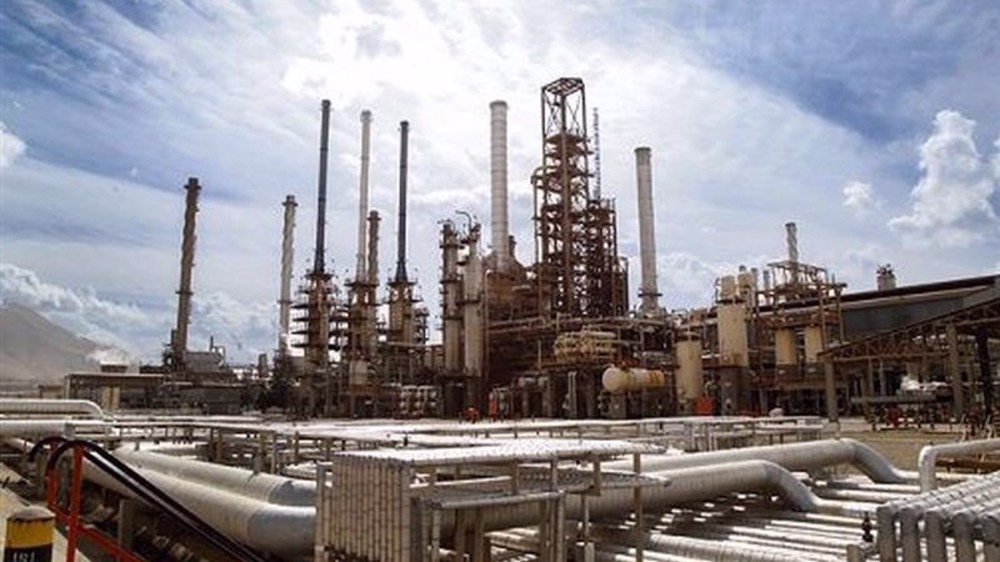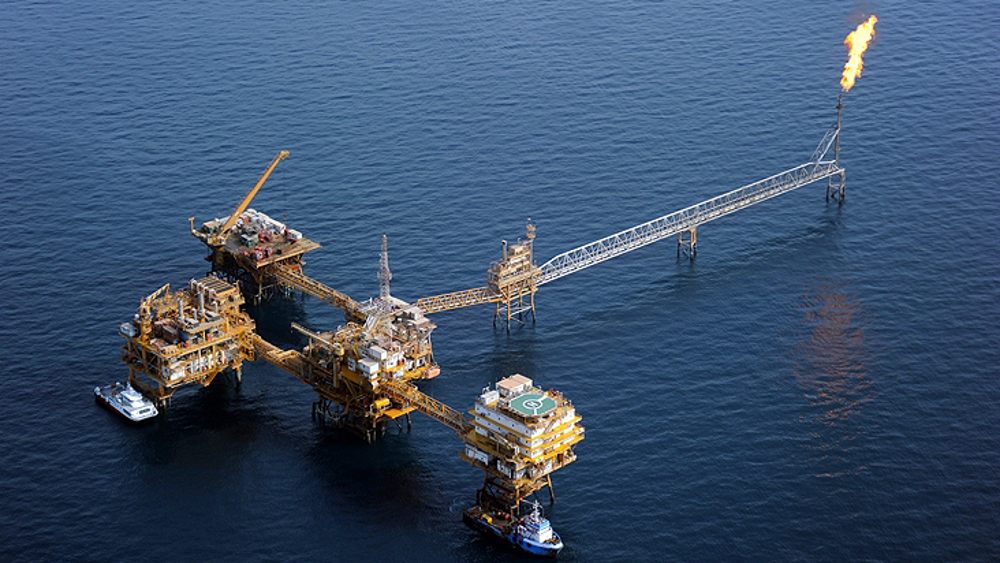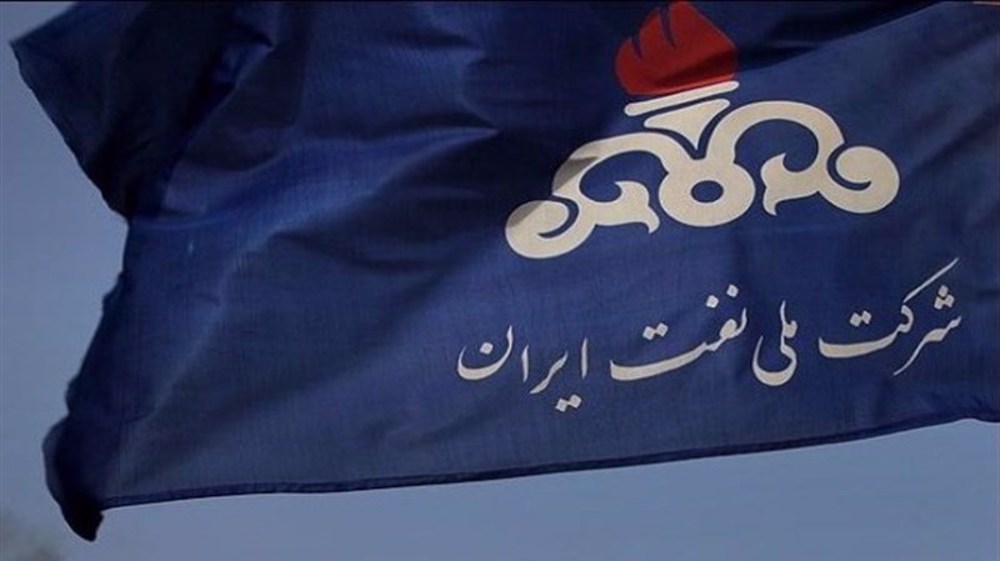Dutch firm eyes Iran-Oman gas pipeline project project
Iran’s media have reported that the Dutch offshore engineering company Intecsea has expressed interest in the construction of a subsea pipeline for supplying Iran’s natural gas to Oman.
The company has officially submitted a proposal to participate in the project, Mehr News Agency has quoted the project's manager Mohammad Akbarzadeh as saying.
The construction of the Iran-Oman pipeline across the Persian Gulf will make Iran’s ambition to become LNG exporter come true, Azernews reported. With the realization of this pipeline, Iran will be able to use Qalhat LNG plant – which has the capacity to liquefy 10.4 million tons of natural gas per year - in Oman.
Intecsea has earlier undertaken construction of some offshore pipelines in the offshore South Pars gas field shared by Iran and Qatar, Akbarzadeh noted, adding that the company can cooperate with Iran by providing special engineering and technical services and studies.
The studies on the project have been completed by 22 percent, the project’s manager added.
Previously, South Korea's state-run Korea Gas Corp (KOGAS) and National Iranian Gas Company (NIGC) signed a memorandum of understanding (MoU) on constructing three major gas pipelines in the Islamic Republic including the Iran-Oman gas pipeline which experts say requires at least $1.5 billion investment.
Iran will export 28 million cubic meters of gas to Oman per day via a subsea pipeline within 15 years, according to the agreement signed between Tehran and Muscat in 2013.
In September 2015, after bilateral negotiations in Tehran it was announced that the project will be operational by late 2017.
Almost a third of the gas exported by Iran to Oman will be liquefied, and the rest will be consumed domestically.

Iran’s gasoil production up by over 8% in H2 last calendar year

Key well launched at Phase 11 of Iran’s South Pars gas field

Iran can rely on its hydrocarbon resources for 100 years: NIOC
VIDEO | Genocide in the Syrian coast!
Collapsing Empire: Yemen shatters the illusion of US air power, yet again
Ten Britons accused of war crimes during Israel’s Gaza genocide; complaint filed
Waqf Bill not just an attack on Indian Muslims but on India’s constitutional fabric: MP
Iran Army cmdr. visits southeast air base as Tehran vows to exact ‘heavy price’ from enemy
‘Undeterred’ by US aggression, Yemen threatens to expand scope of retaliation: US media
VIDEO | Israel kills two in attack on journalist tent near Gaza’s Nasser Hospital
Palestinian American teenager killed by Israeli forces in West Bank amid raging onslaught







 This makes it easy to access the Press TV website
This makes it easy to access the Press TV website